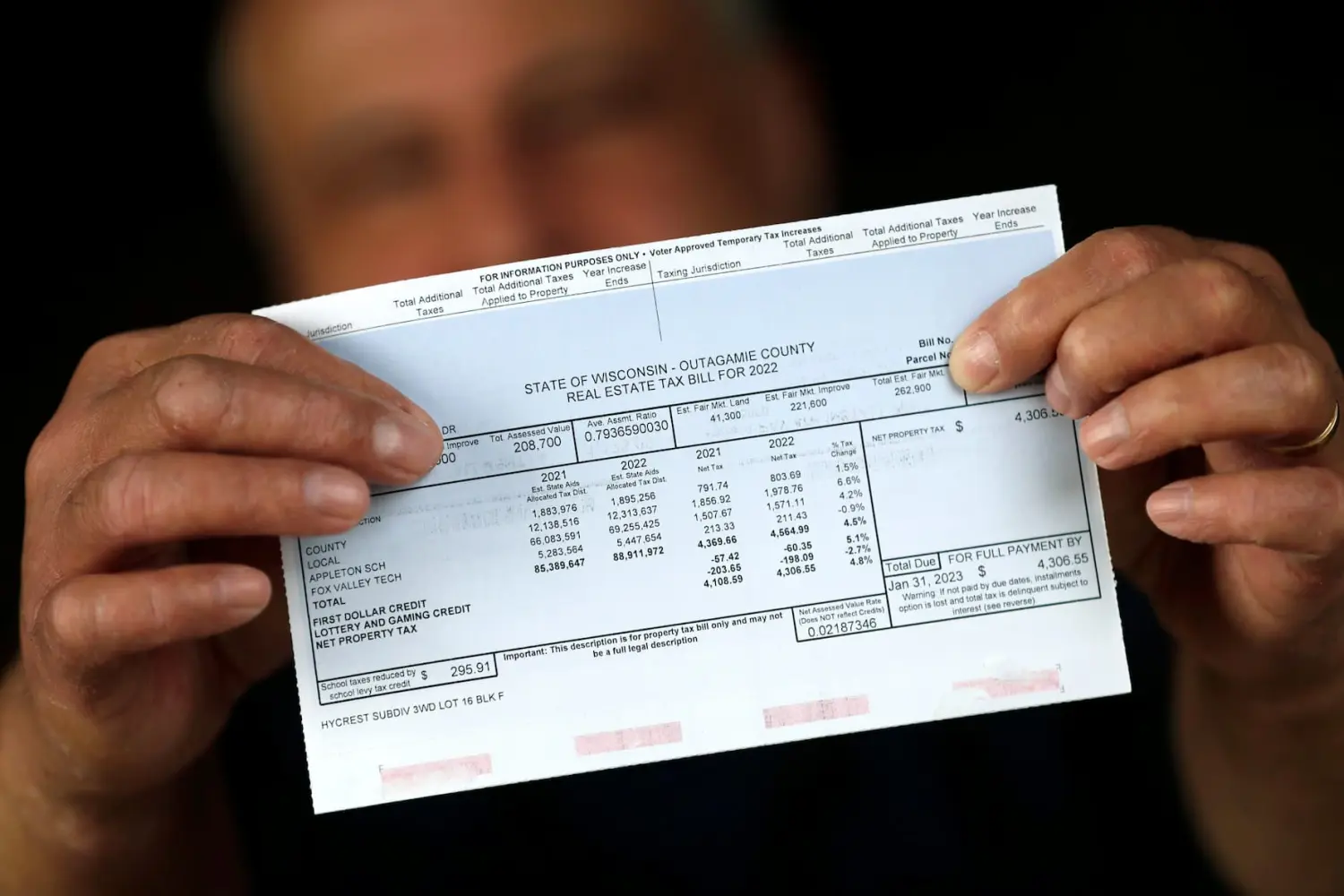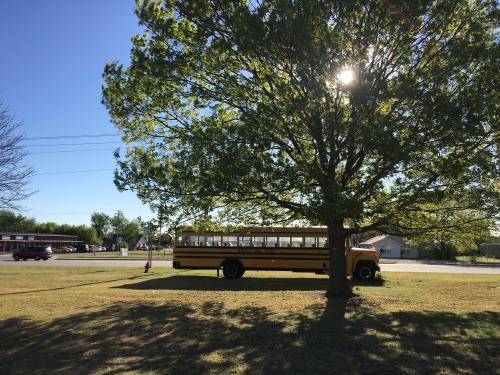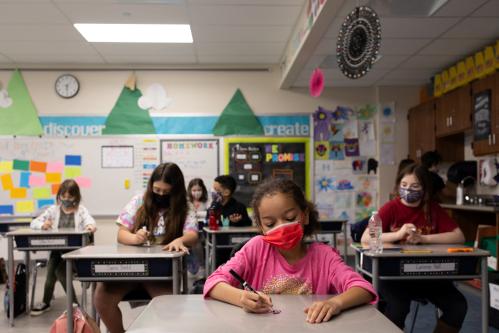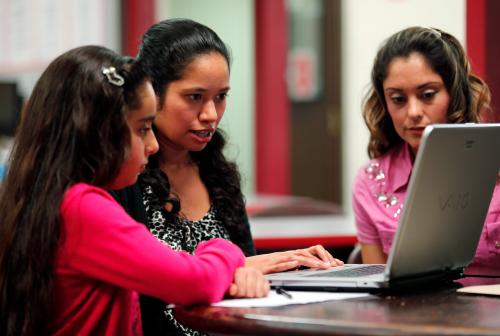Private school choice is having quite a moment. Whether structured as traditional school vouchers paying direct appropriations for private tuition, scholarships funded by redirected state income tax liabilities, or as new education savings accounts (ESAs), the use of public funds for private schooling has never been more prominent. In 2023 alone, seven states passed new programs and nine expanded existing plans. This push is largely a red state phenomenon. Of the new or expanded private choice states, all but two went for Donald Trump in the 2020 election.
ESAs are vouchers-plus
Most of the new programs are technically structured as ESAs. ESAs are simply a vouchers-plus design: similar in nearly every respect; “plus” in the sense that allowable expenses include not only private tuition but other education-related items. What’s allowed ranges from a broad list like Arizona’s (tuition, backpacks, school uniforms, laptops/computers, and gym memberships) to Iowa’s, where simply tuition, fees, and expenses related to private attendance are covered.
Typically, if a student is in public school, they must disenroll to receive the ESA. Like traditional vouchers, ESAs are spending vehicles for non-public costs. And, notably, new reporting on ESA implementation shows almost real-time confirmation of what existing academic research on traditional vouchers has predicted.
Studies indicate that after traditional voucher expansions, the private school market floods with new pop-up providers. That’s exactly what is happening with the ESA-style expansions in Arizona now. Many new schools are nearly or entirely funded by the ESA payments—just as the average private school in older voucher programs was. Many of these schools will quickly close. There’s also existing academic evidence predicting that traditional voucher programs incentivize existing private schools to raise tuition, using the new dollars as something of a public subsidy. And that is exactly what recent reports are showing with ESA passage, with existing private schools raising their tuition.
Because these ESA implementation patterns were predicted by academic research on traditional vouchers, we should take stock of what else the research literature on vouchers might teach us about ESAs.
Tax-funded private tuition programs reduce student achievement
Part of the push for ESA vouchers comes from the lingering frustration over the pandemic-era school closures and concern over learning loss as measured by standardized tests. But on that question, the last decade of research on traditional vouchers strongly suggests they actually lower academic achievement. In Louisiana, for example, two separate research teams found negative academic impacts as high as -0.4 standard deviations—extremely large by education policy standards—with declines that persisted for years. Those results were published across top journals for empirical public and education policy. Similar results in Indiana found impacts closer to -0.15 standard deviations. To put these negative impacts in perspective: Current estimates of COVID-19’s impact on academic trajectories hover around -0.25 standard deviations.
Effects Extend Beyond Test Scores
Beyond those alarming test score impacts, research on traditional vouchers has implications for other outcomes from ESA programs in the future.
Mixed Attainment Results and High Student Exit Rates
There is mixed evidence on whether traditional vouchers improve educational attainment (high school graduation or college enrollment). Studies range from large positive impacts to none whatsoever. And these indicate whatever advantage may exist is driven by those who remain in a private high school all four years. That’s a huge caveat: In research on Milwaukee’s program, my team found not only rates of student exit approaching 20% annually, but also that those former voucher students saw academic improvements once returning to public schools. Other work in Florida and Indiana found exit rates similarly high.
Parents Still Want Academic Success
Most schools receiving traditional vouchers as payment are religious schools, and there’s evidence that parents using those programs are often seeking a particular religious program such as Catholic education. But those parents also have some expectation of basic academic quality. Studies on actual school application data provide insight into how parents make priorities. These show that although parents consider school features like demographics, safety, size, and distance to home, the academic performance of the school remains a determining factor. Similar results have been found in Washington, D.C. as well. Unfortunately, the voucher research literature suggests that even with new schools opening, there simply are not enough effective private schools to go around. This might explain the dismal academic results over the last decade—and suggests a very real risk in today’s ESA initiatives if they produce large increases in private school enrollment.
Oversight Matters
A major concern with today’s ESAs is accountability or oversight on both spending and academic outcomes. On the one hand, when the dismal Louisiana and Indiana voucher results came out, a major talking point among voucher advocates attributed that academic harm to “over-regulation.” On the other, the only empirical evidence of the effects of accountability on a voucher program found that once voucher schools were required to use the same testing and reporting requirements as their public counterparts, voucher performance improved substantially. The lack of accountability is already raising problems in newer programs. In Arizona, for example, families had a number of questionable expenses approved, and in North Carolina, some private schools are claiming more vouchers than students actually enrolled.
Districts Threatened With Funding Loss May Show Academic Gains
Finally, there is modest evidence that traditional vouchers may compel small improvements in the achievement levels of at-risk public schools. Such results have been found in Louisiana and Florida in multiple versions of that state’s voucher program. In these papers, competitive impacts are most apparent in low-income communities that stand to lose substantial funding to voucher programs. However, if the goal is to simply improve public school outcomes, studies showing the impact of directly funding public schools are far more prevalent.
A New Unknown: Universal Expansions
Despite these research-based indications of what to expect from ESAs, based on the school vouchers literature, the universal nature of these new programs remains a big unknown. Many of the new ESA expansions have little or no income restrictions, while traditional vouchers have largely been limited to lower-income students.
How these new, expanded programs will function is perhaps the key open question for research moving forward. Data from traditional voucher programs has indicated that the larger the program, the worse the results tend to be. In the best case, that’s because there are too few effective private schools to serve expanded voucher programs; in the worst case, there are inherent limits to the choices parents can make when vouchers allow private schools to choose their students as well. And new reports indicate that most users of expanded voucher programs were never in public school to begin with, either because they were in private school already, homeschooling, or beginning as kindergartners.
So, it remains to be seen how the new expansion of private school choice programs will ultimately affect educational opportunity. But research on traditional vouchers suggests extreme caution when expecting new, favorable results simply because parents of children outside of public school can now spend public dollars on costs beyond tuition.
The Brookings Institution is committed to quality, independence, and impact.
We are supported by a diverse array of funders. In line with our values and policies, each Brookings publication represents the sole views of its author(s).







